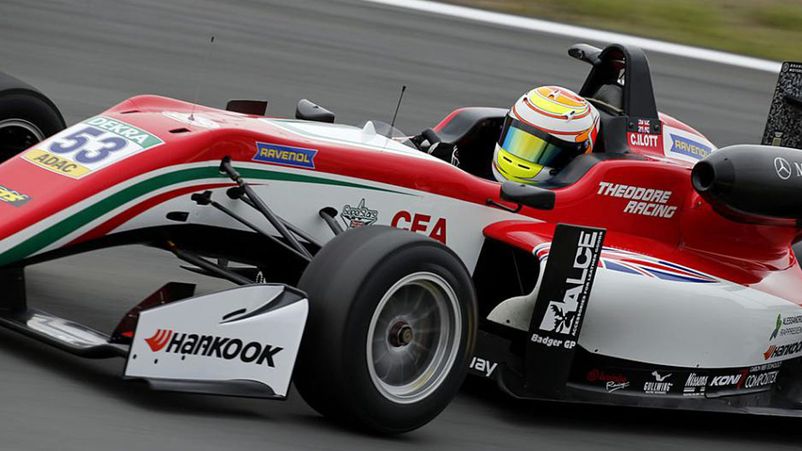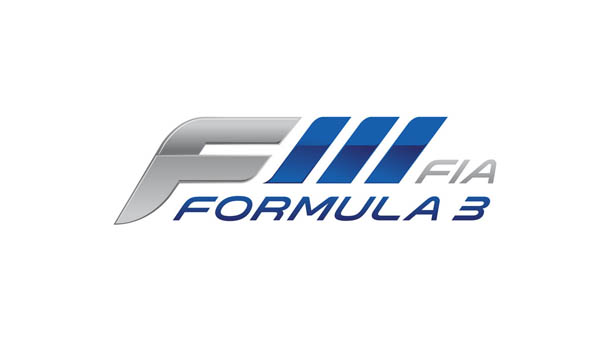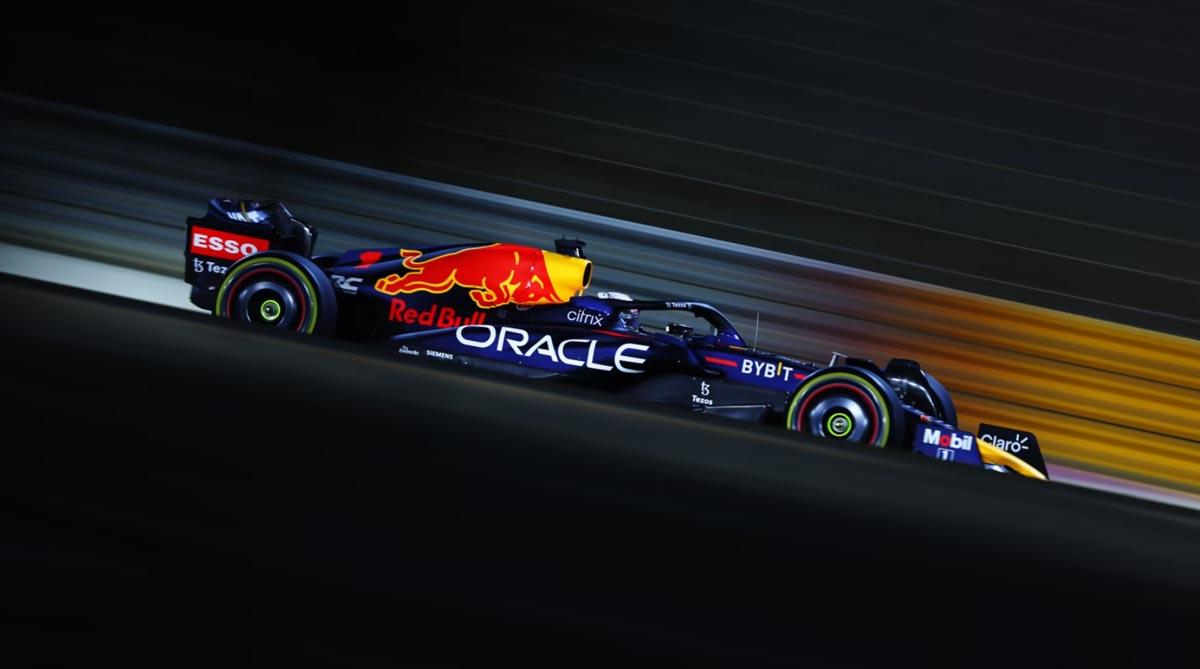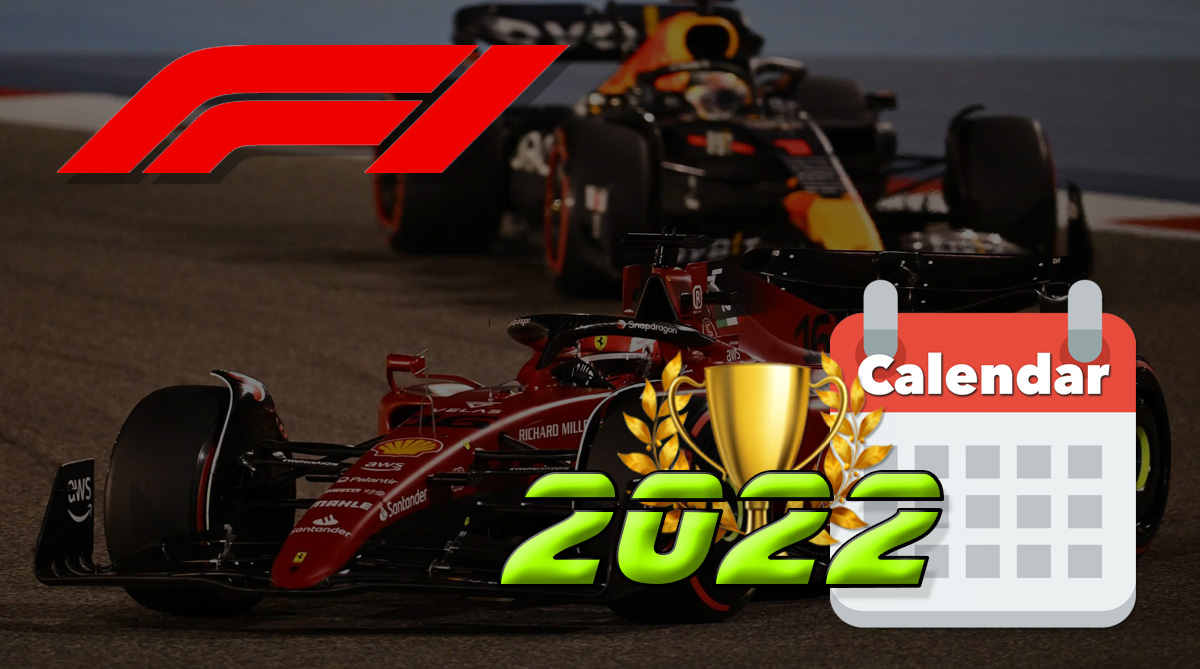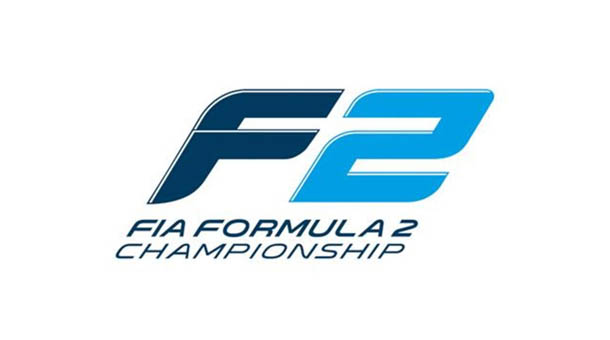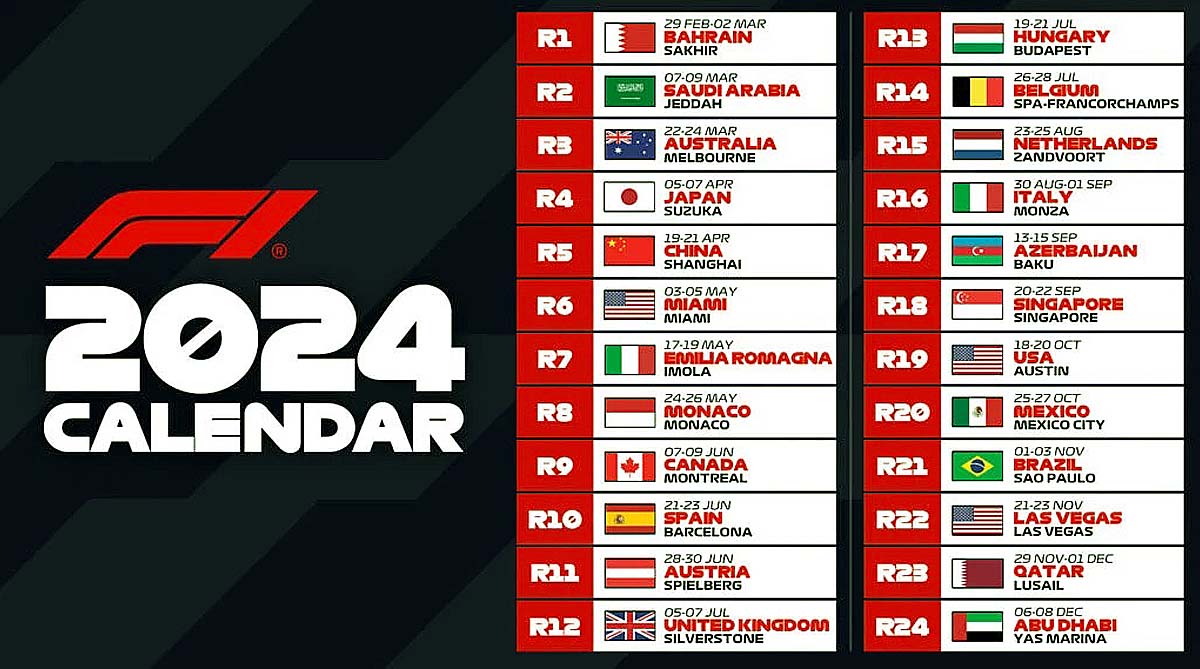Formula 3 was created by the FIA in 1950 with the aim of "running in" young racers applying for a transition to Formula 1. Over the years, such outstanding champions as the Schumacher brothers, Ayrton Senna, David Coulthard, Lewis Hamilton, Jean Alesi, Damon Hill, Mika Hakkinen and Edii Irvine participated in this category. The main difference between F3 and the senior categories is the lack of an unified world cup. The competition is held in various classifications and categories.

THE HISTORY OF THE FORMULA 3 CHAMPIONSHIP
After unsuccessful attempts to create a Formula 500 in the 50th year, the first races on cars with an engine of 500 cubic centimeters (an analogue of motorcycle engines) took place in Germany. At the same time, the first Formula 3 Grand Prix was held in Monaco. Already in the next season, the new series debuted in the UK. The first champion of the British series was Eric Brandon in a Cooper car.

For 3 years, the British F3 had a chaotic character. In the 1954 season, the British Sports Automobile Club was created, organizing full-fledged national motor racing competitions.
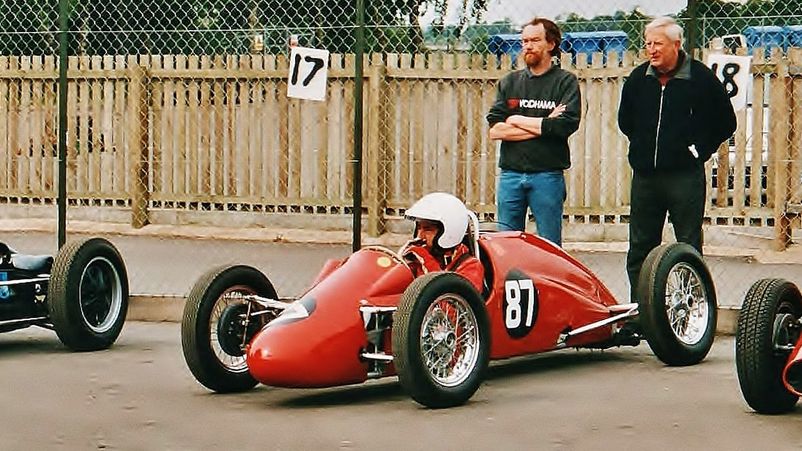
The history of Formula 3 shows that in the middle of the 20th century the national championships of Denmark, Italy and Finland were held. These competitions reached the international level only in the 70s.
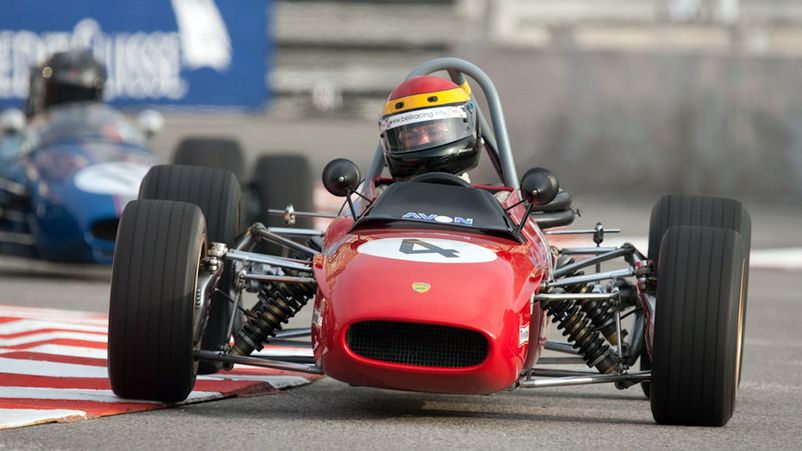
In 1975, the European Championship (Formula 3 European Championship) began. A feature of the draw is the possibility of using 2-liter engines. These rules, introduced in 1974, continue to this day.
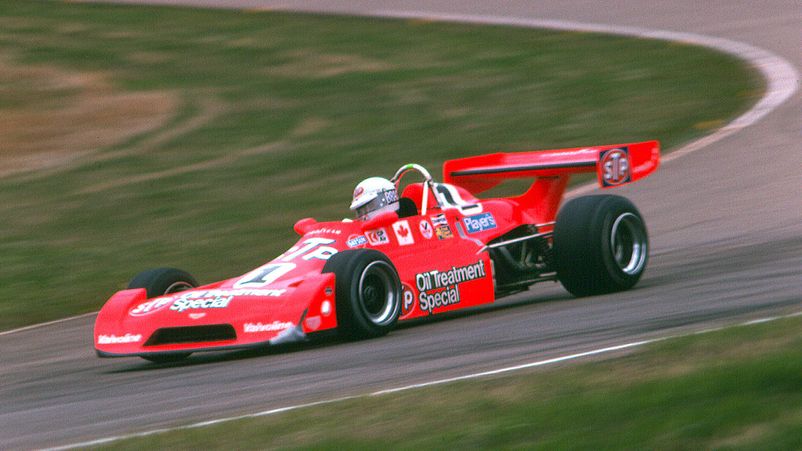
FORMULA 3 CARS AND THEIR CHARACTERISTICS
F3 puts forward the following requirements for cars:
- maximum width - 185 cm;
- minimum weight - 550 kg;
- wheelbase not less than 200 cm;
- teams cannot use traction control, active suspension and telemetry in racing sessions;
- engine displacement should not exceed 2000 cubic centimeters;
- maximum wheel width - 29.2 cm, diameter - 33 cm;
- formula 3 drivers can only use manual transmission;
- since 2018, the use of the HALO head protection system has been mandatory in Formula 3.
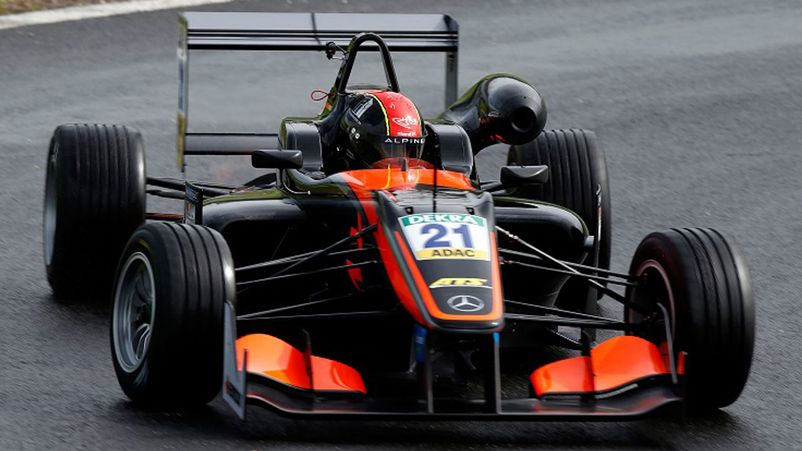
Despite the constructors' championship, this category of motorsport has serious limitations regarding the technical characteristics of racing cars.

One of them is the fact that a new Formula 3 chassis model is produced once every three years. All participants have the same chassis - Dallara F317.
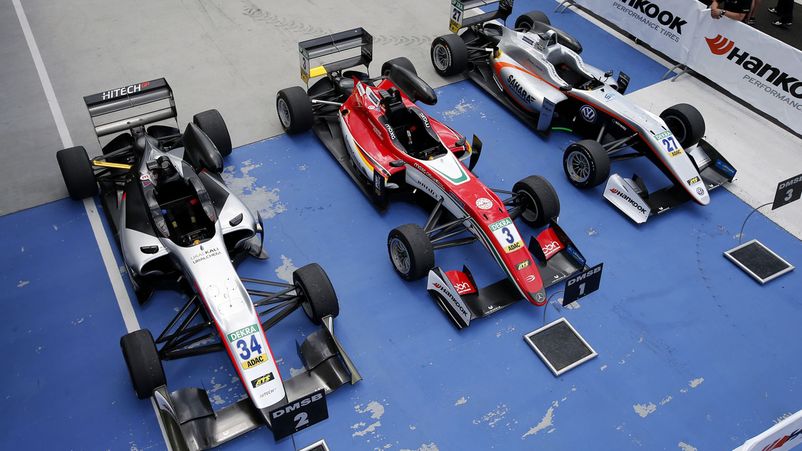
Formula 3 engines are made by third parties. Teams just have to choose the right supplier. As a result of the limitations, the F3 is considered to be a mono-class with most teams using Mercedes engines. Recently, Volkswagen, Toyota and Opel have been trying to impose competition on Mercedes.
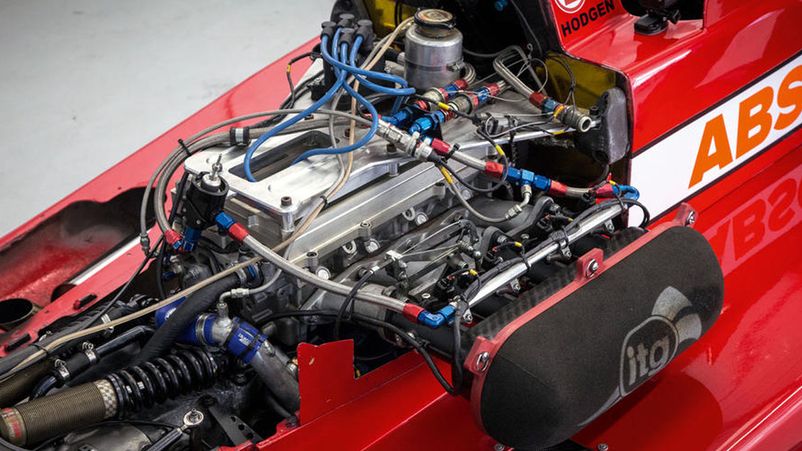
Another limitation is that only cars with open wheels participate in F3. At the same time, steering and drive are only on 2 wheels. Among other restrictions, the need to use a manual transmission (maximum 6 forward gears) can be noted.
CHAMPIONSHIPS AND RACE SERIES
Formula 3 is conditionally divided into 2 main categories.
Current Formula 3 championships
The most popular current championship is the Euroseries Formula 3 (FIA European Formula Three). It was created on the basis of the founders of the F3 class - the championships of Germany and France. In the 2005 season, the future champion of Formula 1, Lewis Hamilton, became the champion of the Euroseries. In the same place, such famous pilots as Roman Grosjean, Nico Hulkenberg, Paul di Resta and Jules Bianchi became champions.

Today drivers compete in Brazilian, British, Japanese, European and Australian Formulas. Victories in these competitions allow to get an FIA super license which gives the right to pilot F1 racing cars.
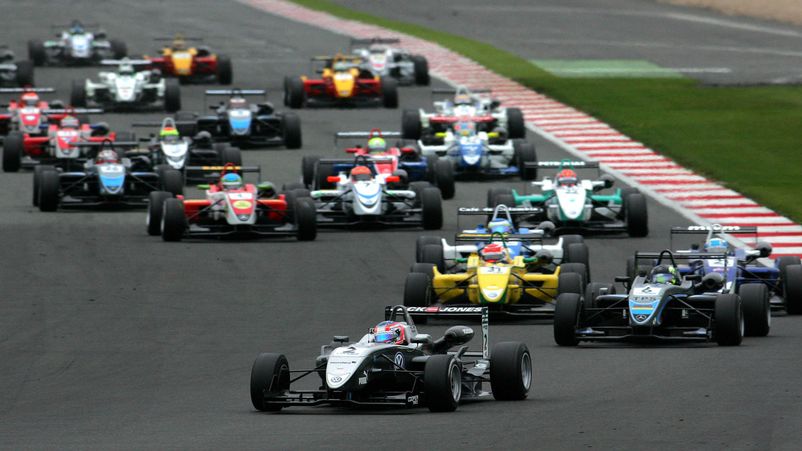
Off-champion Formula 3 races
The non-classified category is represented by the Macau Grand Prix and the Masters series (F3 Masters or Masters of Formula 3). Additionally, races are held in Pau and Monaco. The greatest historical significance has the Macau Grand Prix held on a street circuit. The winners of this race were Aerton Senna (1983), Michael Schumacher (1990), David Coulthard (1991), Ralf Schumacher
(1995), Takuma Sato (2001) and Lucas di Grassi (2005). In the Masters Series, Jos Verstappen (1993), Nico Hulkenberg (2007), Jules Bianchi (2008), Valteri Bottas (2010) and Max Verstappen (2014) took the title.
